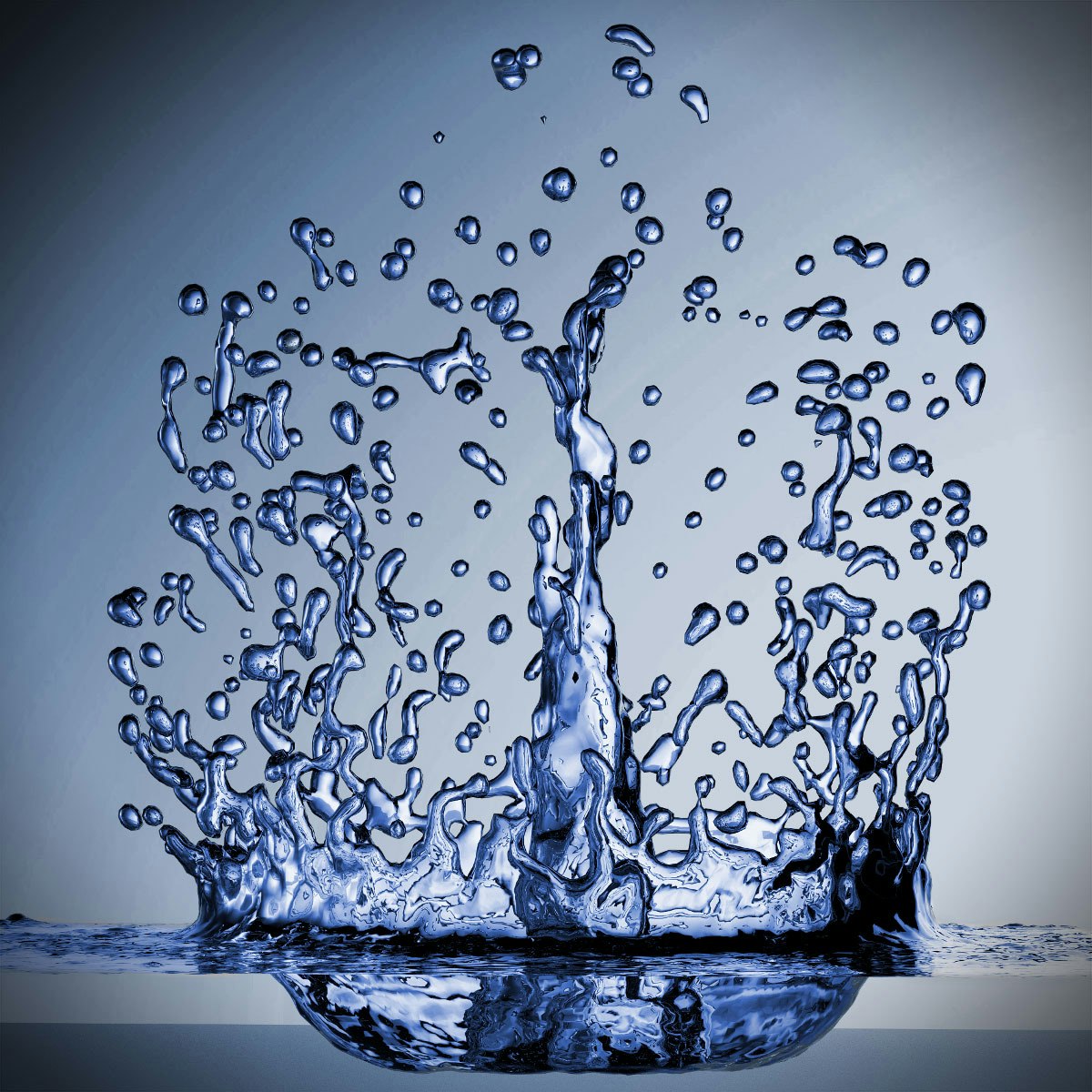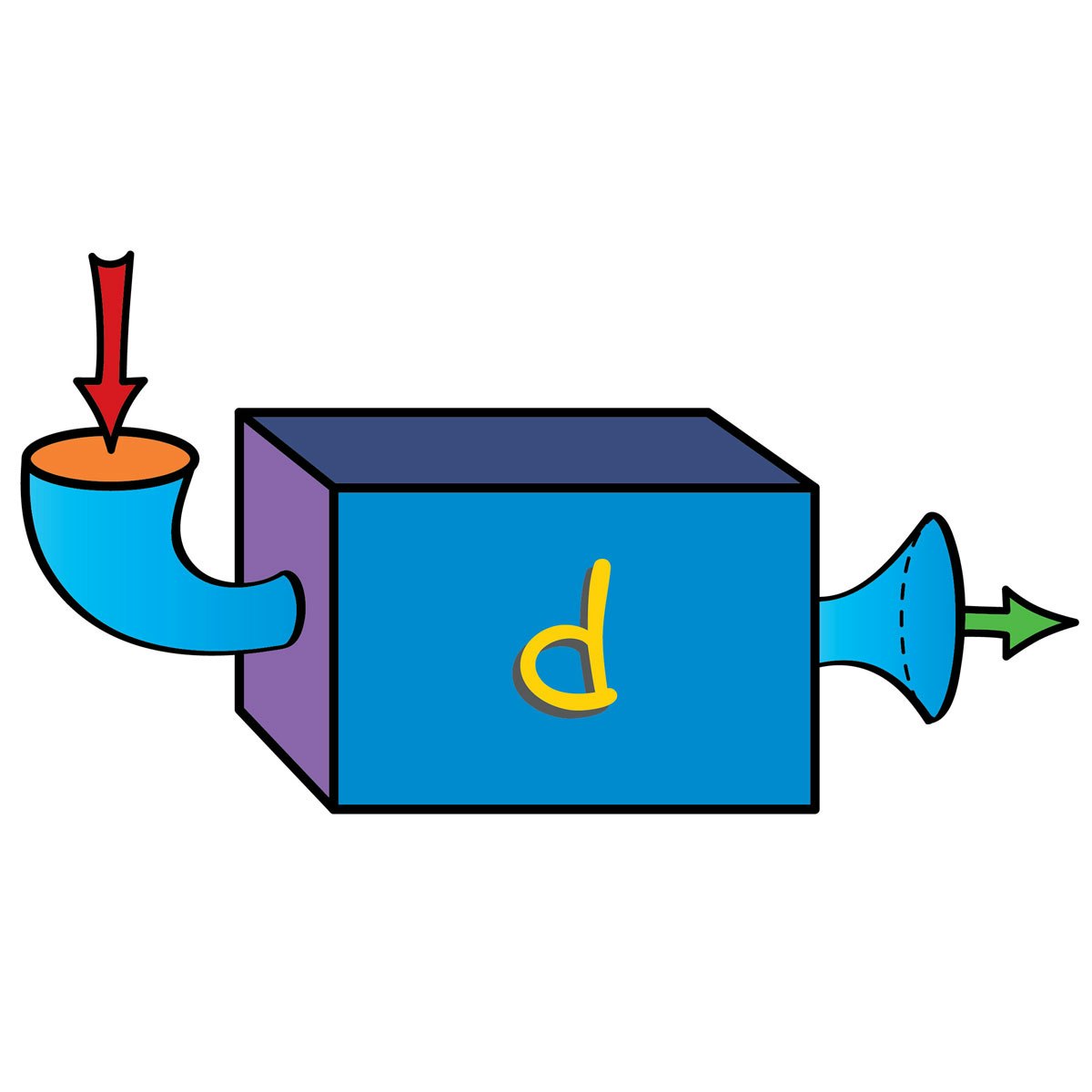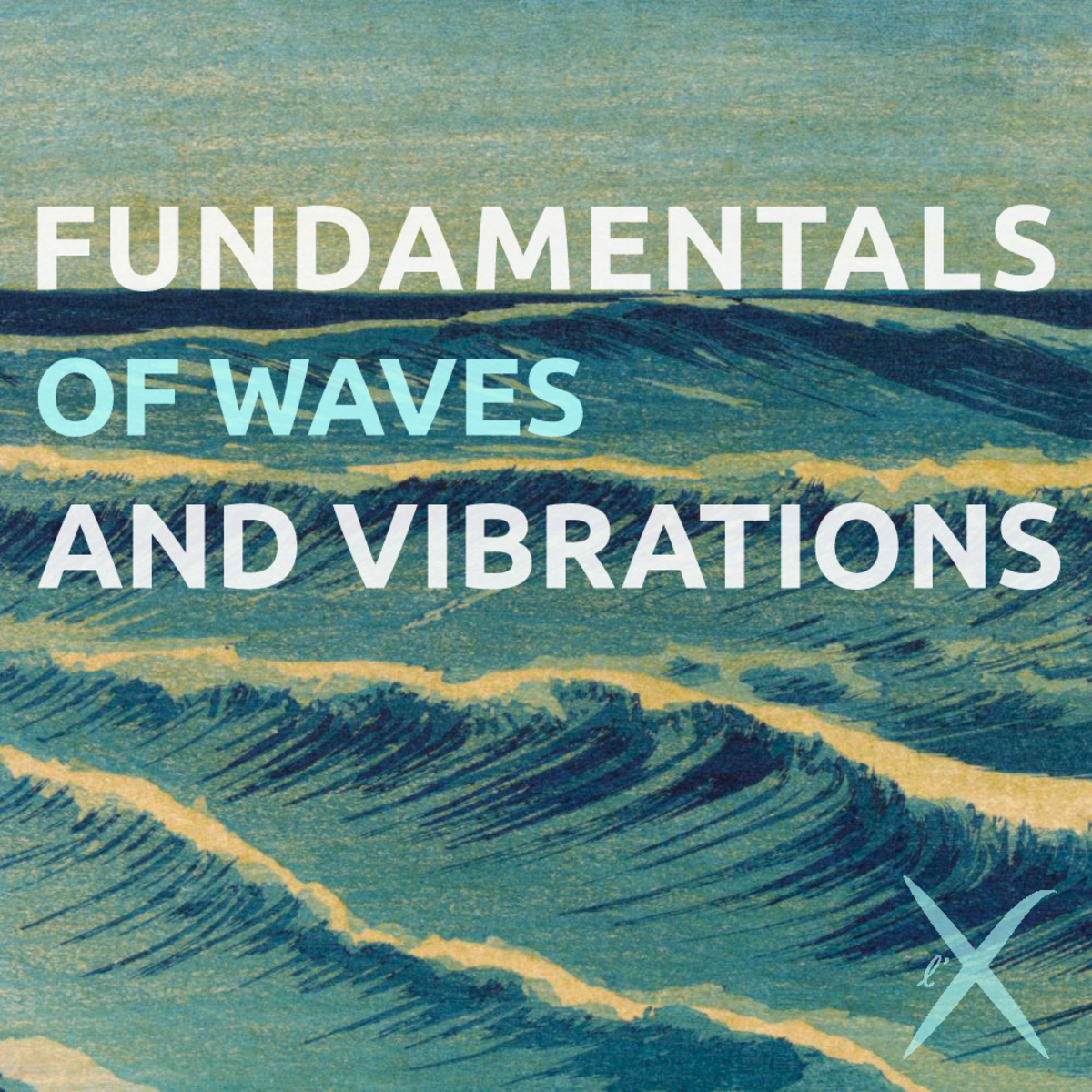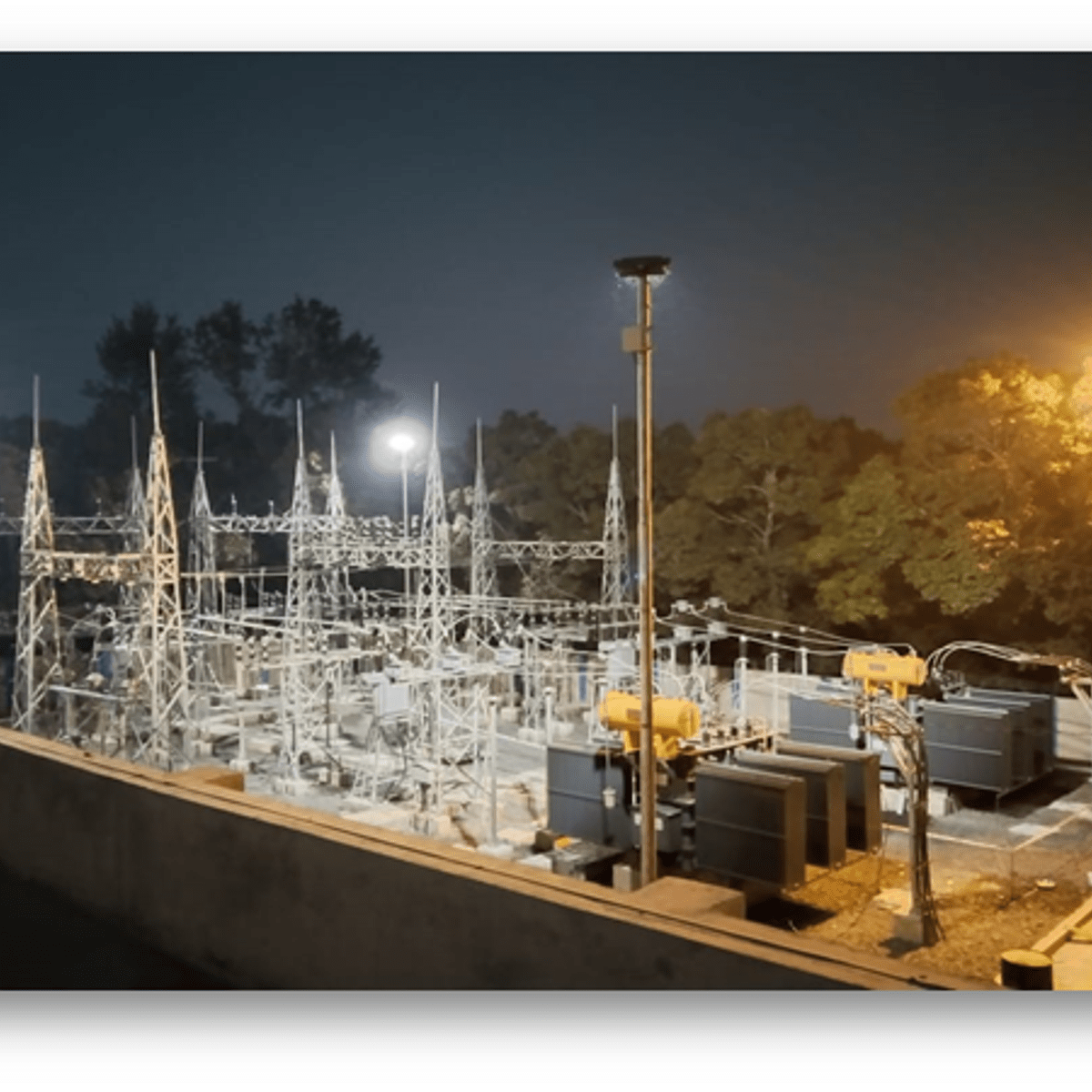Back to Courses









Physical Science And Engineering Courses - Page 13
Showing results 121-130 of 522

How Do We Manage Climate Change?
In this course, learners will identify the types of actions that we can pursue to address climate change. These actions fall into two broad categories: 1) mitigation, which refers to efforts to reduce greenhouse gas emissions or enhance carbon sinks, and 2) adaptation, which refers to our preparations for climate impacts. We will explore the technologies, programs, and policies related to both mitigation and adaptation. Learners should leave the course with an improved ability to identify and evaluate climate actions undertaken by communities, governments, and businesses.

Simulation and modeling of natural processes
This course gives you an introduction to modeling methods and simulation tools for a wide range of natural phenomena. The different methodologies that will be presented here can be applied to very wide range of topics such as fluid motion, stellar dynamics, population evolution, ... This course does not intend to go deeply into any numerical method or process and does not provide any recipe for the resolution of a particular problem. It is rather a basic guideline towards different methodologies that can be applied to solve any kind of problem and help you pick the one best suited for you.
The assignments of this course will be made as practical as possible in order to allow you to actually create from scratch short programs that will solve simple problems. Although programming will be used extensively in this course we do not require any advanced programming experience in order to complete it.

Introduction to Satellite Communications
How is a satellite built? How do they fly? How do they communicate and how does the network operate? You will get all the answers in this course from teachers and researchers from three schools associated with Institut Mines-Télécom.
The course is made of : teaching videos, equipment demonstrations and simulation programs. They will guide you through the discovery of satellite communications. Professionals in the space field will share there vocation for this scientific and technical sector.
Have you ever wanted to know more about transponders, the geostationary orbit, QPSK modulation, channel coding, link budget, TCP over large bandwdith x delay product links ?
This course is for you! This course is available in English: French-speaking lecturers with English subtitles and fully translated contents (slides, practices).
This MOOC is supported by the Patrick and Lina Drahi Foundation.

Plant Bioinformatics Capstone
The past 15 years have been exciting ones in plant biology. Hundreds of plant genomes have been sequenced, RNA-seq has enabled transcriptome-wide expression profiling, and a proliferation of "-seq"-based methods has permitted protein-protein and protein-DNA interactions to be determined cheaply and in a high-throughput manner. These data sets in turn allow us to generate hypotheses at the click of a mouse or tap of a finger.
In Plant Bioinformatics on Coursera.org, we covered 33 plant-specific online tools from genome browsers to transcriptomic data mining to promoter/network analyses and others, and in this Plant Bioinformatics Capstone we'll use these tools to hypothesize a biological role for a gene of unknown function, summarized in a written lab report.
This course is part of a Plant Bioinformatics Specialization on Coursera, which introduces core bioinformatic competencies and resources, such as NCBI's Genbank, Blast, multiple sequence alignments, phylogenetics in Bioinformatic Methods I, followed by protein-protein interactions, structural bioinformatics and RNA-seq analysis in Bioinformatic Methods II, in addition to the plant-specific concepts and tools introduced in Plant Bioinformatics and the Plant Bioinformatics Capstone.
This course/capstone was developed with funding from the University of Toronto's Faculty of Arts and Science Open Course Initiative Fund (OCIF) and was implemented by Eddi Esteban, Will Heikoop and Nicholas Provart. Asher Pasha programmed a gene ID randomizer.

Calculus: Single Variable Part 2 - Differentiation
Calculus is one of the grandest achievements of human thought, explaining everything from planetary orbits to the optimal size of a city to the periodicity of a heartbeat. This brisk course covers the core ideas of single-variable Calculus with emphases on conceptual understanding and applications. The course is ideal for students beginning in the engineering, physical, and social sciences. Distinguishing features of the course include: 1) the introduction and use of Taylor series and approximations from the beginning; 2) a novel synthesis of discrete and continuous forms of Calculus; 3) an emphasis on the conceptual over the computational; and 4) a clear, dynamic, unified approach.
In this second part--part two of five--we cover derivatives, differentiation rules, linearization, higher derivatives, optimization, differentials, and differentiation operators.

Fundamentals of waves and vibrations
See our course teaser on http://goo.gl/SU25sF
Waves are everywhere. On water of course, but also in the air as you hear a plane, and under your feet during an earthquake certainly. Vibrations, too, are everywhere In your bike as you go over a bump, in you guitar as you play, and of course in your smartphone. You can guess that there is something in common behind all this. This is exactly the purpose of this course !
So if you want to understand better waves and vibrations, and the relation between them and to use that knowledge in your field, this MOOC is for you. We are going to consider any possible domains of applications such as civil engineering, aerospace engineering, plant biomechanics, and many others ! This is why we called the course “fundamentals of waves and vibrations”. There are so many phenomena and so many models that we need to work with you on the basic mechanisms . We look forward to see you in the course, and work together !
See also our related course on the couplings between fluids and solids at www.coursera.org/learn/fluid-solid-interaction, with the course teaser on http://goo.gl/YKSMnD

Generative Design for Part Consolidation
Designing a product is only part of the process. Now, can that product be manufactured? In many cases the end product is made up of an assembly of different pieces to simplify manufacturing. With generative design and additive manufacturing, we can now take a different approach to the process of designing and producing complex products by ultimately reducing the number of parts and steps in an assembly while optimizing a design for strength and weight reduction.
You’ll need a paid subscription to Fusion 360 to complete the assignments in this course. Be sure to review your access or payment options before enrolling: https://www.autodesk.com/products/fusion-360
Want to take your learning to the next level? Complete the Autodesk Generative Design for Manufacturing Specialization, and you’ll unlock an additional Autodesk Credential as further recognition of your success! The Autodesk Credential comes with a digital badge and certificate, which you can add to your resume and share on social media platforms like LinkedIn, Facebook, and Twitter. Sharing your Autodesk Credential can signal to hiring managers that you’ve got the right skills for the job and you’re up on the latest industry trends like generative design.
Enroll in the Specialization here: https://www.coursera.org/specializations/autodesk-generative-design-manufacturing
Looking for Autodesk Fusion 360 certification prep courses? Check out additional learning resources to help you uplevel your skills: https://www.autodesk.com/learning

MV Substation - An industrial approach (PART-B)
This tailor-made certificate course on MV Substation Engineering is curated by the Subject Matter Experts and practitioners of L&T, and is structured pragmatically to help the learner understand the industry practices in carrying out the engineering for substations and selection of various substation equipment in accordance with Indian & International Standards. In addition, it covers the electrical safety rules, safe operating procedures and an overview of maintenance practices to give a holistic understanding of the subject.
This course opens up opportunities for the learners to become/excel as a Electrical Design Engineer, Construction and Planning Engineer.
This course gives the learners insights about:
1. Cables, it's construction and Termination
2. Cable routing and Erection Key diagram
3. Earthing and Lightning Protection
4. Civil and Mechanical Aspects of substation design
5. Maintenance and Safety of substation

Energy: The Enterprise
This course provides a broad view of the evolving nature of energy and the influence of cost, availability, sustainability, technical advancements, lifestyle, and concern over the environment. Learners get a peek into our energy history, recent technical and societal advancements in clean energy, and some of the more important adjustments we have seen and will continue to see. It includes a discussion of how our energy infrastructure adapts to the changing landscape while managing costs, often deploying a new workforce while providing highly reliable grid power necessary for a robust and competitive economy. Material covers current and future workforce opportunities.
This course is for individuals considering a career in the energy field (who have a high school diploma, at minimum, and basic knowledge of mathematics), and existing energy sector employees with less than three years of experience who have not completed similar training and would benefit from a course of foundational industry concepts.
The course is a combination of online lectures, videos, readings and discussions.
This is the fourth course in the Energy Production, Distribution & Safety specialization that explores various facets of the power sector, and features a culminating project involving creation of a roadmap to achieve a self-established, energy-related professional goal. To learn more about the specialization, check out a video overview at https://www.youtube.com/watch?v=2Yh9qIYiUDk.

The Changing Arctic: Present, Past, & Future
This course takes a detailed look at the remarkable changes unfolding in the Arctic environment, including the shrinking Arctic sea ice cover, shrinking land ice, thawing permafrost and cascading impacts on Arctic ecosystems. After a review of Arctic climates of the past, attention turns to the possible future of the Arctic’s climate and environment.
Popular Internships and Jobs by Categories
Find Jobs & Internships
Browse
© 2024 BoostGrad | All rights reserved